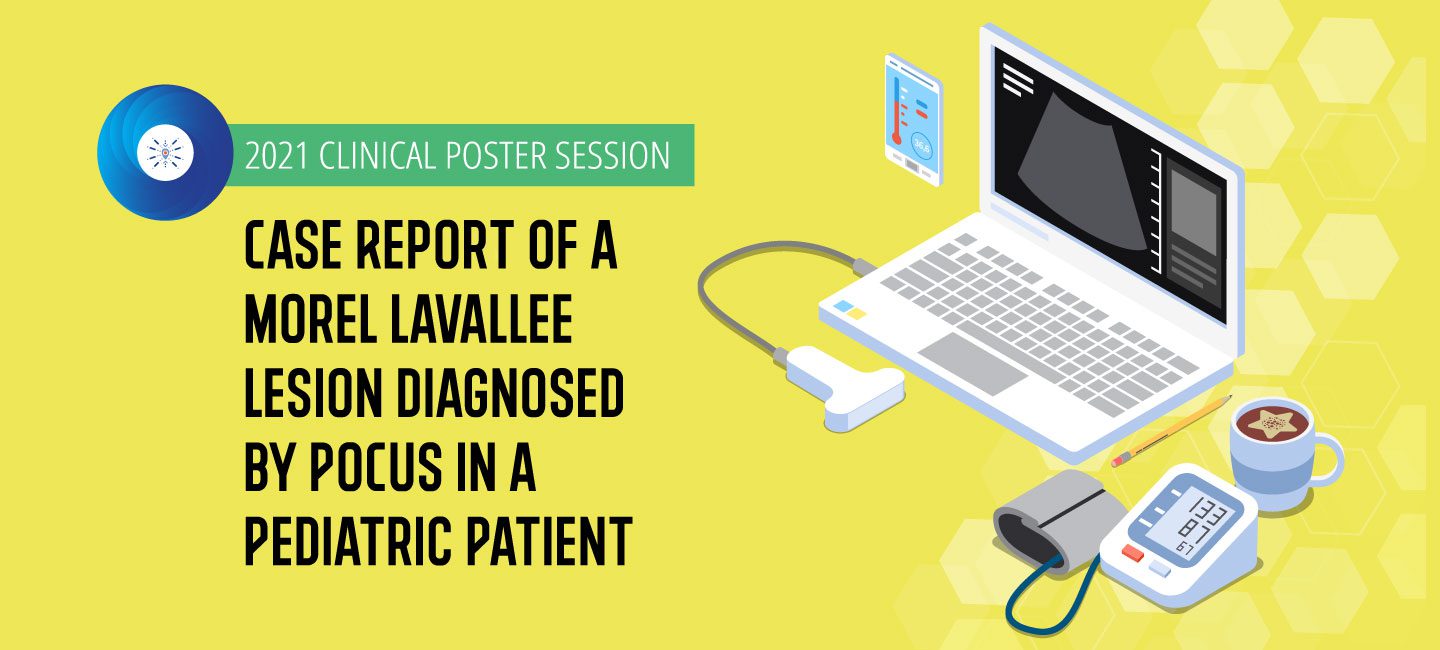Morel-Lavallee lesions (MLL) are closed degloving injuries resulting from trauma. Degloving injuries occur when the skin and subcutaneous tissue are separated from the connective tissue, muscle, or bone. Because capillaries are severed, fluid accumulates in the space. MLL is typically hard to diagnose. Early diagnosis is essential as they become enlarged and become very painful. If left untreated, they can result in surgery.

Because prior trauma causes MLL, collecting a brief history from the patient is required. While MLL is uncommon, it can be caused by a motor vehicle accident or sports injury that impacts the affected area directly. They can be associated with bone fractures or occur with blunt force trauma in the absence of a fracture.
Minor degloving injuries may cause insignificant fluid collection and resolve with little or no treatment. But a major trauma, such as fractures of the pelvis or proximal femur, often are accompanied by MLL. MLL can be easily missed when paired with other acute traumatic injuries. Any subdermal fluid collection can result in infection, especially if necrotic tissue is present. It is essential to identify MLL quickly to implement the correct treatment.
MLL can both appear immediately post-trauma, or presentation can be delayed. The condition does not appear on x-ray images. The traditional modality of choice is MRI, but it is costly and not always available.
Ronald Potocki DO and J. Kate Deanehan MD, RDMS, published a case where they diagnosed MLL with point-of-care ultrasound (POCUS), the first time anyone had used the device to make this significant diagnosis.
In Dr. Potocki’s case, the patient was an 18-year-old female with no history of chronic discomfort to the knees. The patient indicated two days of right knee pain. During the history intake, the patient revealed a motor vehicle accident 12 days prior. The accident caused her to bang her knee into the dashboard. There was a limited examination at the time of the event, and only x-rays were taken, which were negative for fracture.
Upon examination in the pediatric emergency department, the patient’s vitals were normal. The right knee was notably swollen, a prominent fluctuance across the patella with mild tenderness. The knee had full range of motion, but there was a small healing abrasion over the area of maximum fluctuance. However, there was no drainage or warmth. The knee was weight-bearing with some discomfort.
The team elected to use POCUS to explore what could be happening with the knee. A septic fluid collection was identified. The pocket appeared anechoic with mild cobble stoning between the patella and fascial layer. The determination based on the POCUS result was MLL. The radiology department performed a comprehensive ultrasound, and the diagnosis was confirmed. Conservative treatment was the recommended first step upon consultation with orthopedic surgery. Additional treatment included compression by an ace wrap and rest. At the five-week follow-up, much improvement was reported.
The prompt diagnosis of the MLL was significant because early diagnosis is essential. MLL presentation is different from more common injuries due to trauma. They develop more slowly and will not appear on an x-ray. If untreated, they will enlarge because the broken capillaries will not promote drainage. The fluid can contain necrotic tissue, becoming infected and painful, requiring surgery.
POCUS can be used to look for pockets of fluid quickly and inexpensively and, if found, can be confirmed with traditional full-scale ultrasound. With Dr. Potacki’s patient, POCUS led to a rapid diagnosis of the MLL, allowing the pediatric emergency department to bypass the expense of MRI. It also led to a more positive patient experience by limiting testing and time in the emergency room.
The ease and speed of POCUS make it invaluable as a diagnostic tool in the hands of a trained, skilled practitioner. To learn more about developing your POCUS knowledge and execution, visit our POCUS education and training page.





















